Growth in Glass Manufacturing
The glass manufacturing sector is a significant driver of the washed silica sand market, as silica sand is a primary raw material in glass production. With the increasing demand for glass products in various applications, including construction, automotive, and consumer goods, the washed silica sand market is expected to experience substantial growth. Recent data indicates that the glass manufacturing industry is projected to grow at a CAGR of around 4% over the next few years. This growth is likely to be fueled by rising consumer preferences for glass packaging and architectural glass solutions. Consequently, the washed silica sand market stands to benefit from this trend, as manufacturers seek high-quality silica sand to meet their production needs.
Expansion of Oil and Gas Sector
The expansion of the oil and gas sector is emerging as a crucial driver for the washed silica sand market. Fracking, or hydraulic fracturing, requires large quantities of high-quality silica sand as a proppant to enhance oil and gas extraction. As energy demands continue to rise, the oil and gas industry is likely to expand, thereby increasing the demand for washed silica sand. Recent estimates suggest that the fracking market could grow at a CAGR of approximately 6% in the coming years. This growth presents a significant opportunity for the washed silica sand market, as suppliers aim to meet the rising needs of energy companies seeking efficient and effective proppants for their operations.
Rising Demand in Construction Sector
The construction sector is experiencing a notable surge in demand for washed silica sand, primarily due to its essential role in concrete production and other construction materials. As urbanization accelerates, the need for infrastructure development increases, thereby driving the washed silica sand market. In recent years, the construction industry has seen a compound annual growth rate (CAGR) of approximately 5%, which is expected to continue. This growth is likely to be fueled by government initiatives aimed at enhancing infrastructure, including roads, bridges, and residential buildings. Consequently, the washed silica sand market is poised to benefit from this upward trend, as it is a critical component in achieving the desired strength and durability in construction projects.
Environmental Regulations and Standards
The washed silica sand market is increasingly influenced by stringent environmental regulations and standards aimed at promoting sustainable practices. Governments are implementing policies that require the use of eco-friendly materials in construction and industrial applications. This shift towards sustainability is likely to enhance the demand for washed silica sand, as it is often perceived as a more environmentally responsible option compared to alternatives. Furthermore, the market is witnessing a growing emphasis on reducing carbon footprints, which may lead to increased investments in washed silica sand production processes that adhere to these regulations. As a result, companies within the washed silica sand market are adapting their operations to align with these evolving standards, potentially leading to a more sustainable future.
Technological Innovations in Production
Technological advancements in the production of washed silica sand are playing a pivotal role in shaping the market landscape. Innovations such as automated washing processes and advanced sorting technologies are enhancing the efficiency and quality of washed silica sand. These improvements not only reduce production costs but also ensure that the final product meets the stringent specifications required by various industries. The washed silica sand market is likely to see increased competition as companies adopt these technologies to differentiate themselves. Moreover, the integration of data analytics and artificial intelligence in production processes may further optimize operations, leading to higher yields and better resource management. This trend suggests a promising future for the washed silica sand market as it embraces modern production techniques.


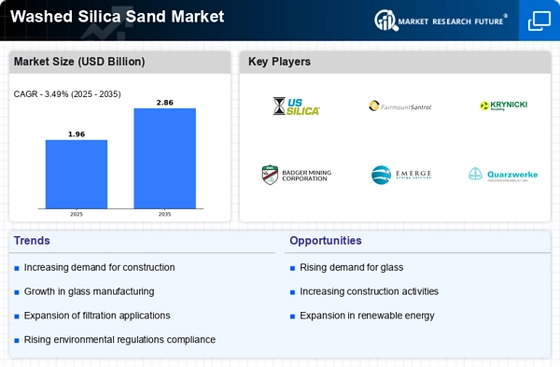
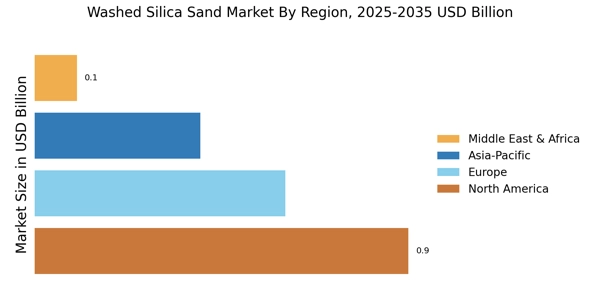
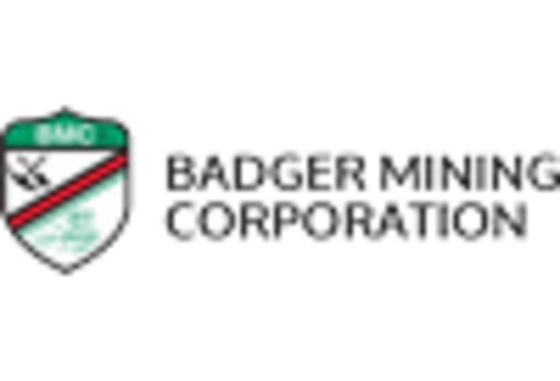
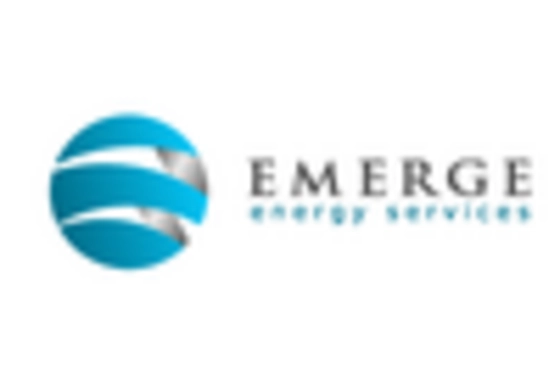
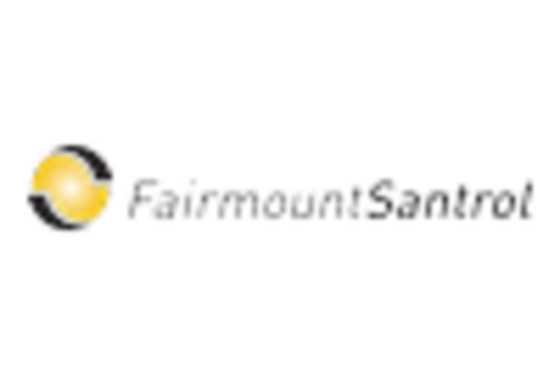











Leave a Comment